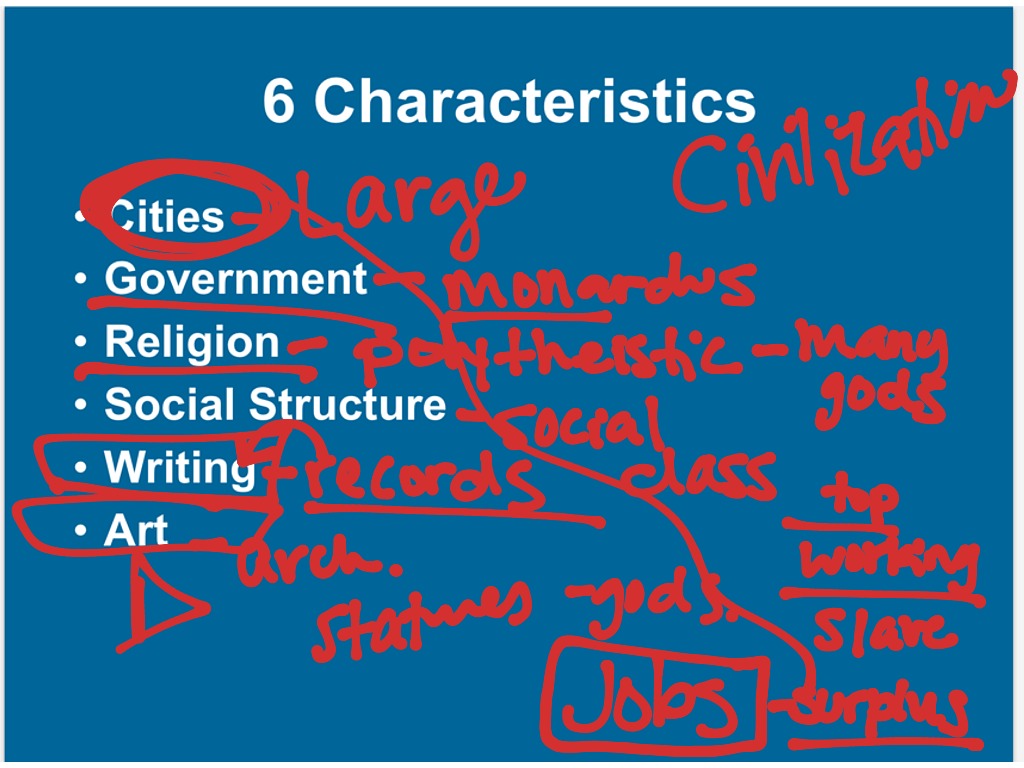

Letters, receipts, hymns, prayers, and stories have all been found on clay tablets.General location on a modern map, and main cities of Sumer with ancient coastline. Initially, pictograms were used, followed by cuneiform, and then ideograms. They are not the oldest example of writing, but nevertheless represent a great advance in the human ability to write down history and create literature. Many Sumerian clay tablets written in cuneiform script have been discovered. The Sumerian Renaissance ended with invasion by the Amorites, whose dynasty of Isin continued until 1700 BCE, at which point Mespotamia came under Babylonian rule. However, the region was becoming more Semitic, and the Sumerian language became a religious language. The Sumerian Renaissance/Third Dynasty of Ur (2047-1940 BCE) saw the rulers Ur-Nammu and Shulgi, whose power extended into southern Assyria. The Gutian period (2218-2047 BCE) was marked by a period of chaos and decline, as Guti barbarians defeated the Akkadian military but were unable to support the civilizations in place. Toward the end of the empire, though, Sumerian became increasingly a literary language.

Sumerian Necklaces and Headgear Sumerian necklaces and headgear discovered in the royal (and individual) graves, showing the way they may have been worn.ĭuring the Akkadian Empire period (2334-2218 BCE), many in the region became bilingual in both Sumerian and Akkadian. Sumerian culture began to spread from southern Mesopotamia into surrounding areas. War was on the increase, and cities erected walls for self-preservation. The first dynastic king was Etana, the 13th king of the first dynasty of Kish. The Epic of Gilgamesh mentions several leaders, including Gilgamesh himself, who were likely historical kings. The Early Dynastic period (2900-2334 BCE) saw writing, in contrast to pictograms, become commonplace and decipherable. Second, trade goods began to flow down waterways in southern Mespotamia, and large, temple-centered cities (most likely theocratic and run by priests-kings) rose up to facilitate this trade. First, pottery began to be mass-produced. The Uruk period (4100-2900 BCE) saw several transitions. Distinctive, finely painted pottery was evident during this time. The Ubaid period (6500-4100 BCE) saw the first settlement in southern Mesopotamia by farmers who brought irrigation agriculture. The Sumerians were eventually absorbed into the Akkadian/Babylonian population. Classical Sumer ends with the rise of the Akkadian Empire in the 23rd century BCE, and only enjoys a brief renaissance in the 21st century BCE. Sumerian written history began in the 27th century BCE, but the first intelligible writing began in the 23rd century BCE. City-states in the region, which were organized by canals and boundary stones and dedicated to a patron god or goddess, first rose to power during the prehistoric Ubaid and Uruk periods. “Sumerian” is the name given by the Semitic-speaking Akkadians to non-Semitic speaking people living in Mespotamia. Epic of GilgameshĪn epic poem from the Third Dynasty of Ur (circa 2100 BCE), which is seen as the earliest surviving great work of literature. The collective gods of a people or religion.

They are the earliest known forms of writing. pictogramsĪ pictorial symbol for a word or phrase. Written characters symbolizing an idea or entity without indicating the sounds used to say it. Wedge-shaped characters used in the ancient writing systems of Mesopotamia, surviving mainly on clay tablets. A city that with its surrounding territory forms an independent state.


 0 kommentar(er)
0 kommentar(er)
